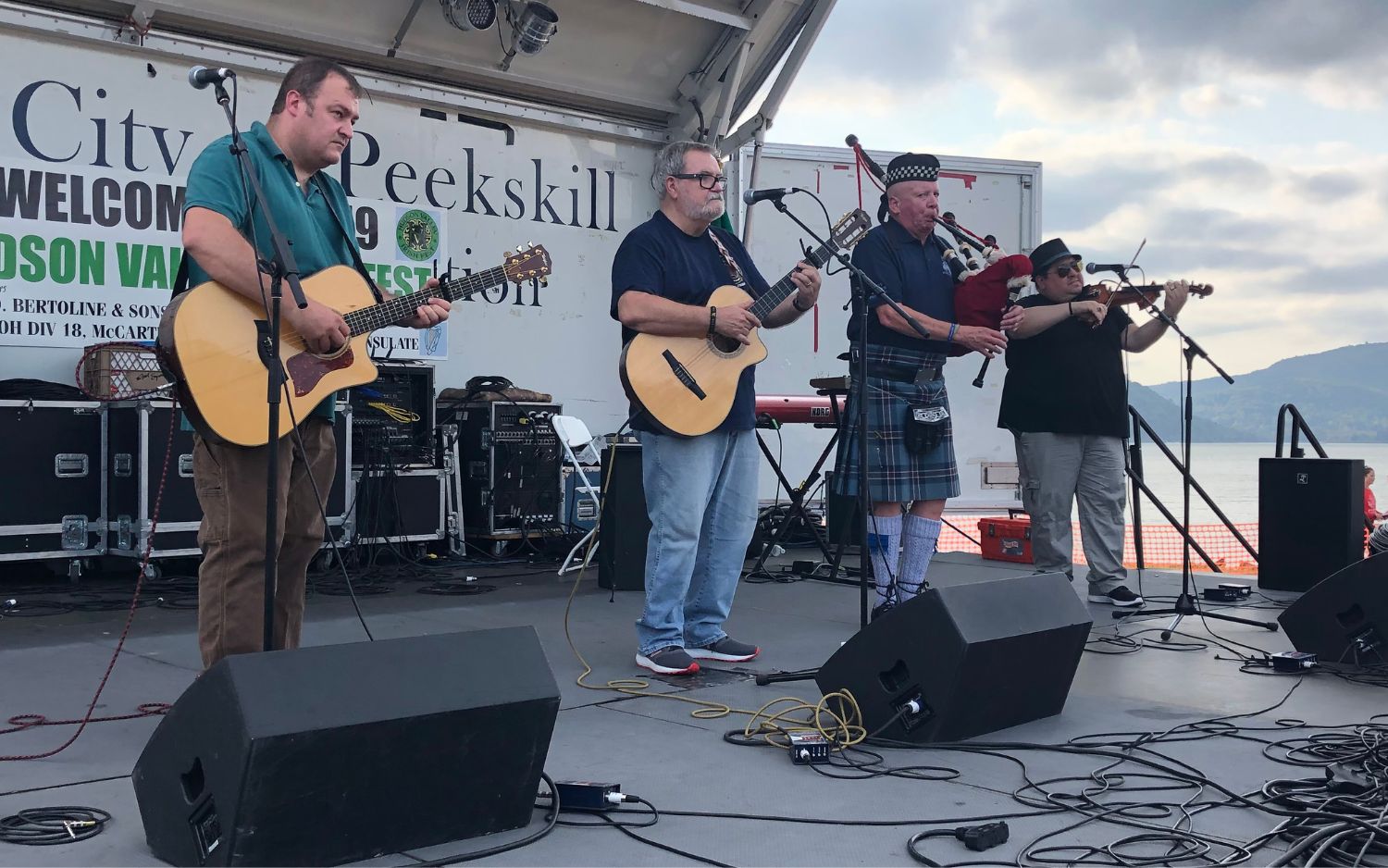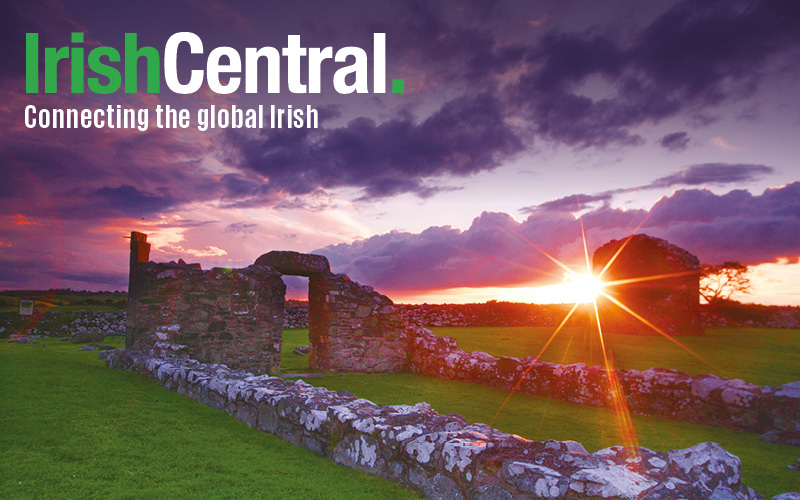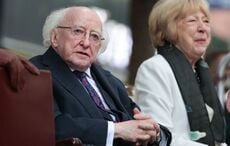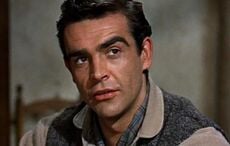I have been visiting Chile since 1991 and had learned quite a bit about Bernardo O’Higgins, who had a most significant impact on the politics and culture of Latin America and on Chile in particular.
Bernado O’Higgins’ father, Ambrose O’Higgins, born in Ballynary, County Sligo, served the Spanish Imperial Service as an engineer. He went on to serve as Governor of Chile and Viceroy of Peru and was named the Baron de Ballenary by the king of Spain in 1788. It was during his reign as governor of Chile that he had a special “relationship” with Isabel Riquelme, a criolla whose family was a member of the Spanish ruling class. It was from that liaison that Bernardo was born in 1778. While Ambrosio saw to it that his son was well provided for, because of the prevailing social and political circumstances he never met his son until 1788.
One doesn’t need to go into detail about Bernardo’s youth or how he rose to power; suffice to say that he was responsible for Chile’s independence even though he was considered by many to be rather dictatorial. Civil liberties were guaranteed though not necessarily upheld. Perhaps that’s what led to his eventual fall from power since there were parts of southern Chile suffering from famine and neglect that weren’t happening in the capital of Santiago and that disparity between the haves and the have-nots contributed to rebellion. O’Higgins voluntarily resigned his office so that the popular will might express itself in a more constitutional manner, and six months later he left Chile to live in exile in Peru for the last 17 years of his life.
Apparently, O’Higgins was keen on having Irishmen settle in the territory around Trujillo in northwestern Peru and the Apurimac River and he kept an engaging correspondence related to the subject of Irish immigration with Sir Thomas Hardy, a British naval officer who served under Admiral Lord Nelson, and Sir John Doyle, a member of the Irish House of Commons. Unfortunately, after his exile all that was forgotten, but what did remain are the monuments in Santiago to O’Higgins’ service to the Chilean people.
I didn’t know exactly where that monument was until I started asking the police. Now, I had never been keen on asking Chilean carabineros much of anything since I had been wary of them for years. And even though Pinochet was dead and gone and Chile was a democratic republic, the anxiety about asking the police much of anything remained. I knew the monument was near the Palacio de La Moneda, the seat of Chilean government, and so I subwayed to the Moneda and, garnering what gringo courage I could, asked the first available carabinero where the monument to O’Higgins was. He looked at me rather askance and in Spanish asked, “Why?” I answered that I wanted to take a photo and showed him my digital camera which even to the most circumspect of eyes did not look lethal. He flicked his hand and pointed to somewhere across the street from the Moneda and then proceeded to ignore me. I thanked him and without delay sought out the statue, which really wasn't where he pointed, but which was nearby nonetheless. But even taking photos of the statue of O’Higgins caught the attention of the police and once again I had to explain that all I wanted to do was photograph the statue since I was just a visitor to Chile.
One of the carabineros asked me if I drank wine and if I knew how good Chilean wine was. Of course, I knew something about Chilean wines and it actually was the carabinero who suggested that I visit some of the Chilean vineyards before I returned to the United States. It was a valid suggestion and even if it weren't I wasn't going to argue with a carabinero. But one of the things O’Higgins would never have imagined (even though he must have known of, if not tasted, Guinness) was what the future held for Chilean wines. Chilean vineyards have sprouted all over the country from San Felipe – north of Santiago – to the Valle de Malleco – south of Los Angeles – and due south of Concepción lies the Valle Bio Bio where O’Higgins’ estate would have been. Certainly, at another time his hacienda could have been the focal point of his own vineyard since the Bio Bio Valley's southern latitude is perfect for the Pais, the grapes the Spaniards introduced into Chile in the 16th century and which are still the most planted grapes there even though Chardonnay, Riesling, and Gewurztraminer are also grown in the vineyards of the Bio Bio. Who knows – perhaps had O’Higgins become a wine master, he might have been able to put together a challenge against Guinness.
But I digress. Although I never had time to visit those vineyards around O’Higgins’ land, I did have time to return to the Parque O’Higgins the next day. Its history is very interesting. In 1870, the old “Fields of Mars” were restored by order of Louis Cousiño who, a decade earlier, had the vision of importing French vines with the objective of producing outstanding Chilean wines which today are produced under the label Cousiño-Macul, one of the leading wineries in Chile. Cousiño Park was officially opened in 1873 and remained Cousiño Park for a century until it was renamed Parque O’Higgins in 1972. The park annually becomes the center of activities of the Fiestas Patrias Chile during which time dozens of booths are opened serving various national cuisines and offering places to dance. In addition, every September 19th, a military parade is presented in Esplanade Park, adjacent to the University Bernardo O’Higgins, at which time thousands of spectators as well as distinguished political figures are in attendance. The park itself is a kind of urban retreat and, especially in autumn, has a colorful splendor that would have made O’Higgins himself proud.
But Cousiño-Macul isn’t the only wine associated with O’Higgins. Enter John MacKenna (or Seán Mac Cionath in Gaelic) born in Clogher, Co. Tyrone, the son of William MacKenna and Eleanor O’Reilly and, on his mother’s side, a nephew to Count Alejandro O’Reilly. In October 1796, Juan MacKenna left Spain for South America: first Buenos Aires, then Mendoza, then Chile and, finally, Peru. Once in Lima, he contacted Bernardo’s father, then Viceroy of Peru, who named him Governor of Osorno and put him in charge of the reconstruction works for that southern Chilean town. Both Irishmen were loyal to Spain, though Juan MacKenna had good relations with Bernardo and was instrumental in allying himself with O’Higgins during the Chilean War of Independence. For his heroism, MacKenna was named Commandant General in the Chilean army. Today, that heroism is commemorated by the production of The McKenna Collection of Sauvignon Blanc and Cabernet Sauvignon produced by Viña Undurraga. So on your next trip to Chile, just remember that every sip of Undurraga or Macul is not only a sip for the Chileans, but for the Irish as well.




Comments